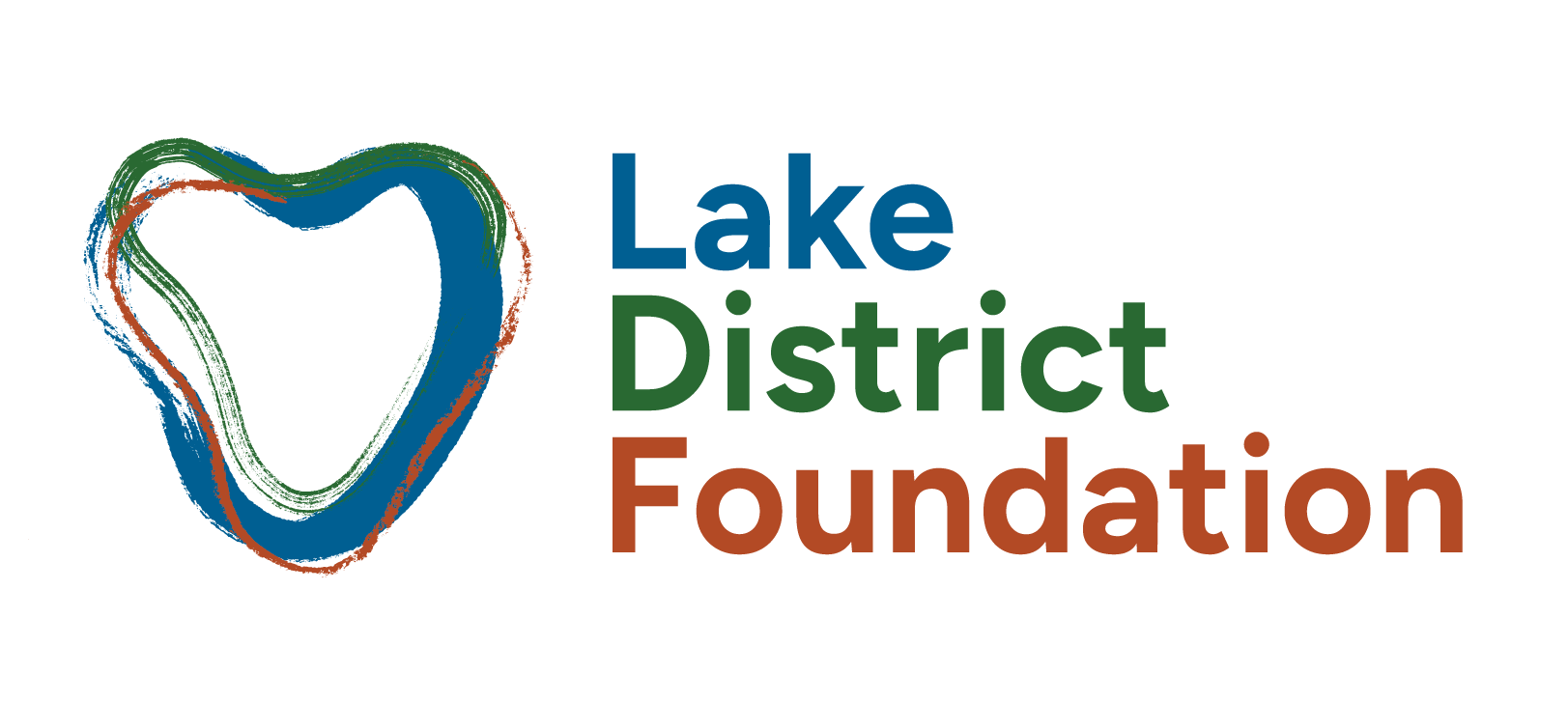
A walking route around Coniston pays tribute to victims and survivors of child abuse.
Messages of hope have been inscribed on plaques on benches and signposts at Monk Coniston.
The route, at the north end of the lake, is one of dozens of locations across England and Wales chosen as part of a legacy project.
In October 2022 the Independent Inquiry into Child Sexual Abuse (IICSA) published 19 reports covering a wide range of institutions.
These reports will shape recommendations to better protect children in the future.
IICSA’s legacy project pays tribute to all victims and survivors of child sexual abuse and ensure their voices continue to be heard.
Across England and Wales more than 150 memorial benches now bear messages of hope from victims and survivors.
People who use the Monk Coniston Miles Without Stiles route will come across the messages on more than a dozen benches and signposts along the 3.5km route.
We spoke to the IICSA Legacy Project Team to find out more…

Tell us about this IICSA Legacy project.
The Independent Inquiry into Child Sexual Abuse designed its legacy project in consultation with victims and survivors, many of whom said they would like there to be a physical tribute for people to visit. Rather than confine this to a monument in one or two major cities, memorial benches and plaques have been placed across England and Wales. This reflects the widespread engagement with the Inquiry by victims and survivors from all areas of both countries.
Why are you are doing this?
Child sexual abuse has been hidden and its terrible consequences buried, for too long.
The legacy project pays tribute to all victims and survivors and hopes to drive cultural change and ensure the vital public conversation around child sexual abuse continues beyond the lifetime of the Inquiry.
The messages on the plaques are the words of different individuals who engaged with the Inquiry, and will ensure the voices of victims and survivors continue to be heard, so that children may be better protected in the future.

You have put plaques of hope on benches across the UK – why is Coniston one of the routes chosen?
There are more than 150 benches and plaques across England and Wales. To make the project accessible to as many people as possible, we wanted to achieve a good geographical spread over both countries, in a mix of scenic rural locations and busier urban areas.
As one of the best-known places in the hugely popular Lake District, Coniston combines tranquility and beauty to encourage quiet reflection, as well as high footfall.
What do you hope people will get from reading the plaques?
We hope that more open and honest conversations about the difficult topic of child sexual abuse will continue, as this will help to keep children safer.
We also want acknowledgement for victims and survivors and the impacts they live with as a result of their experiences of abuse. Along with the personal messages from them, the address and a QR code for the legacy website appear on the plaques.
The website legacy.iicsa.org.uk will remain after the Inquiry has concluded, to provide information about its work and details of support services for victims and survivors.
It also includes a bench locator tool which will allow people to find their nearest bench or plaque.
Who can use Monk Coniston route?
Everyone! It is classed as a Miles Without Styles route which means it is accessible to people who use wheelchairs. It is family friendly for prams, buggies. People don’t have to take the whole route – they can just do sections if they want.
Where is it exactly?
Starting from Monk Coniston Car Park the route takes in views of the lake and of the fells including Coniston Old Man. Coniston is home to lots of cafes, restaurants and pubs.
Address: Monk Coniston Car Park, Postcode: LA21 8AH. Grid reference: SD 316978
W3W: ///spectacle.turns.watch
There are toilets at Monk Coniston Car Park.
More information: Miles Without Stiles 16: Monk Coniston : Lake District National Park
